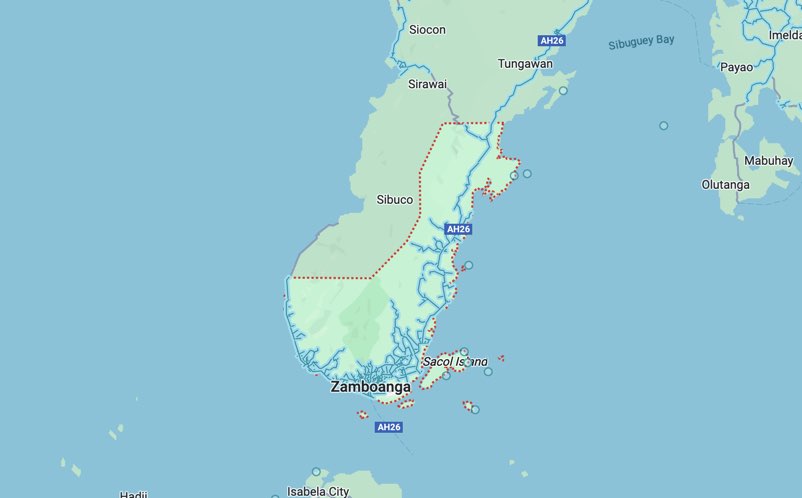The City Health Office (CHO) of Zamboanga City is monitoring the reported increase in hand, foot, and mouth disease (HFMD) cases.
Based on the recent surveillance data, CHO said HFMD cases went up by 33 percent from February 2 to 15, 2025, compared to the previous three to four weeks (January 19-February 1).
With the reported increase in HFMD cases, schools in the city have been monitored closely by the CHO.
CHO and the Zamboanga Peninsula Center for Health Development also conducted an investigation following reports of HFMD cases at a school in the city.
Since January 2025, CHO said a total of 88 students were reported to have rashes, 18 of whom reportedly met the case definition for HFMD.
Samples have been collected and submitted to the Research Institute for Tropical Medicine (RITM) for confirmation.
“HFMD is a highly contagious viral infection that primarily affects young children and is characterized by fever, painful mouth sores, and skin rashes on the hands, feet, and buttocks,” CHO said.
In a report by GMA News Online, the virus causing HFMD may be transmitted via person-to-person contact, respiratory droplets, and contact with a contaminated item, according to the US Centers for Disease Control and Prevention (US CDC).
CHO urged parents and school officials to implement preventive measures to control the spread of HFMD.
Parents were also advised to bring their children to health care facilities if they develop symptoms. Sick children should also be kept at home until they recover.
“Practicing good hygiene habits, such as regular handwashing with soap and water, disinfecting frequently touched surfaces, and avoiding the sharing of personal items such as utensils, water bottles, and towels, is strongly encouraged,” CHO said.
“CHO remains committed to monitoring the situation and implementing necessary interventions. The cooperation of the community is essential in preventing outbreaks and ensuring the health and safety of children in schools and households,” it added.




